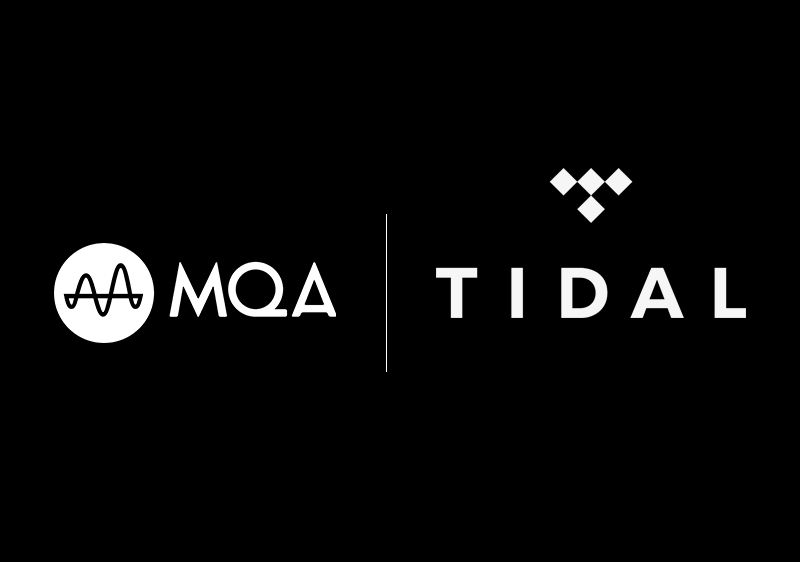
By Lam Seng Fatt
First of all, I have to make it clear that there are differences between an MQA and MQA Studio file
On the ZEN DAC V2, which is a full MQA decoder, the light turns green when an MQA file is played and blue when an MQA Studio file is played.
So what is the difference between an MQA and an MQA Studio file?
Bob Stuart, the creator of MQA, explains in https://bobtalks.co.uk/ that it is about provenance. From bobtalks.co.uk:
Provenance
Provenance and technical standards are completely different things. A music file can be altered after artist release, irrespective of the technology used. Provenance is indicated when MQA is played back.
The MQA ‘Studio’ (blue light) gives confirmation directly from mastering engineers, producers or artists to their listeners. MQA Studio authenticates that the sound you are hearing is exactly as played in the studio when the music was completed and, by implication, that this is also the definitive version of the recording at that point in time.
A second level, ‘MQA’ (green light) is available to indicate that although the stream is genuine, provenance may be uncertain or that it is not yet the final release.
Questions on Provenance
Q1. Where does MQA encoding take place?
A1. Music can be encoded as MQA in the studio, in a label’s supply chain or in specific circumstances on behalf of a retailer or service provider.
Q2. What should be encoded as MQA Studio?
A2. The MQA Studio authentication should be reserved for new or remastered recordings prepared after studio preview or, for recordings where the rights holder is able to definitively assert that the source is the original release.
By implication, the further down the supply chain encoding happens, the harder it is to be certain of provenance and so recordings may only be encoded as MQA Studio when provenance is explicitly supported and provided by the content owner. Where there is doubt over the chain of custody, music should be encoded as MQA.
I searched Tidal and found there were more MQA than MQA Studio albums. To find the different versions, you have to search using the album name and not the name of the artiste.
I managed to find at least 10 albums that were available in MQA and MQA Studio versions. They are Katie Melua: Album No 8, Joni Mitchell: Both Sides Now, Cat Stevens: Tea for the Tillerman, James Taylor: Sweet Baby James, James Taylor: Mud Slide Slim and the Blue Horizon, Linda Ronstadt: Greatest Hits, Stevie Nicks: Live In Concert The 24 Karat Gold Tour, Dave Clark Five: Weekend in London (2019 Remaster), John Coltrane: Giant Steps and Ray Charles: The Genius of Ray Charles.
I spent much time in the past week during the latest COVID-19 lockdown playing all the albums on my system comprising an Acer laptop, iFi iSilencer+, Shunyata Sigma USB cable, iFi iPurifier3, iFi ZEN DAC V2 and Audio Technica ATH M-50x and AKG K-240 Mk II headphones.
I found that in terms of loudness, they are not equal and the MQA versions of James Taylor: Sweet Baby James and Ray Charles: The Genius of Ray Charles were louder than the MQA Studio versions.
There was also a difference in sound quality and this was consistent in all the files.
All the MQA files sounded brighter than the MQA Studio files. The MQA files sounded like they had been EQed brighter in tonal balance which resulted in all the MQA files with a bass that sounded less full-bodied, leaner and less deep. The voices of the singers also sounded less dense compared with the MQA Studio files.
The MQA Studio files sounded darker, smoother, fuller and richer. The bass, especially the bass drum, bass guitar and bass notes of the piano sounded full-bodied and rich. The vocals were richer, warmer and denser.
After making these observations, there were a few questions that popped into my mind but I could not answer them. Why should all MQA files sound brighter? According to Bob Stuart, “Although the stream is genuine, provenance may be uncertain or that it is not yet the final release.” But does it make sense for all MQA files to be EQed bassier in tonal balance for final release whereby they can be authenticated as MQA Studio files? Is making MQA files sound brighter inherent in the MQA encoding and decoding process?
If MQA (the technology) is supposed to get the listener closer to the sound in the studio when the music was played and recorded, then shouldn’t the MQA Studio file be the only version made available? Why claim that MQA (the technology) can reproduce the sound in the studio and provide an MQA file that may not be the final version for release? On top of that it sounds different than the final version released.
I have no answers. I can only observe, take note and ask questions. So, is MQA (the technology) snake oil as has been claimed by so many detractors? I don’t know. But what I can tell you is this: Between MQA Studio and MQA files, I prefer MQA Studio.
